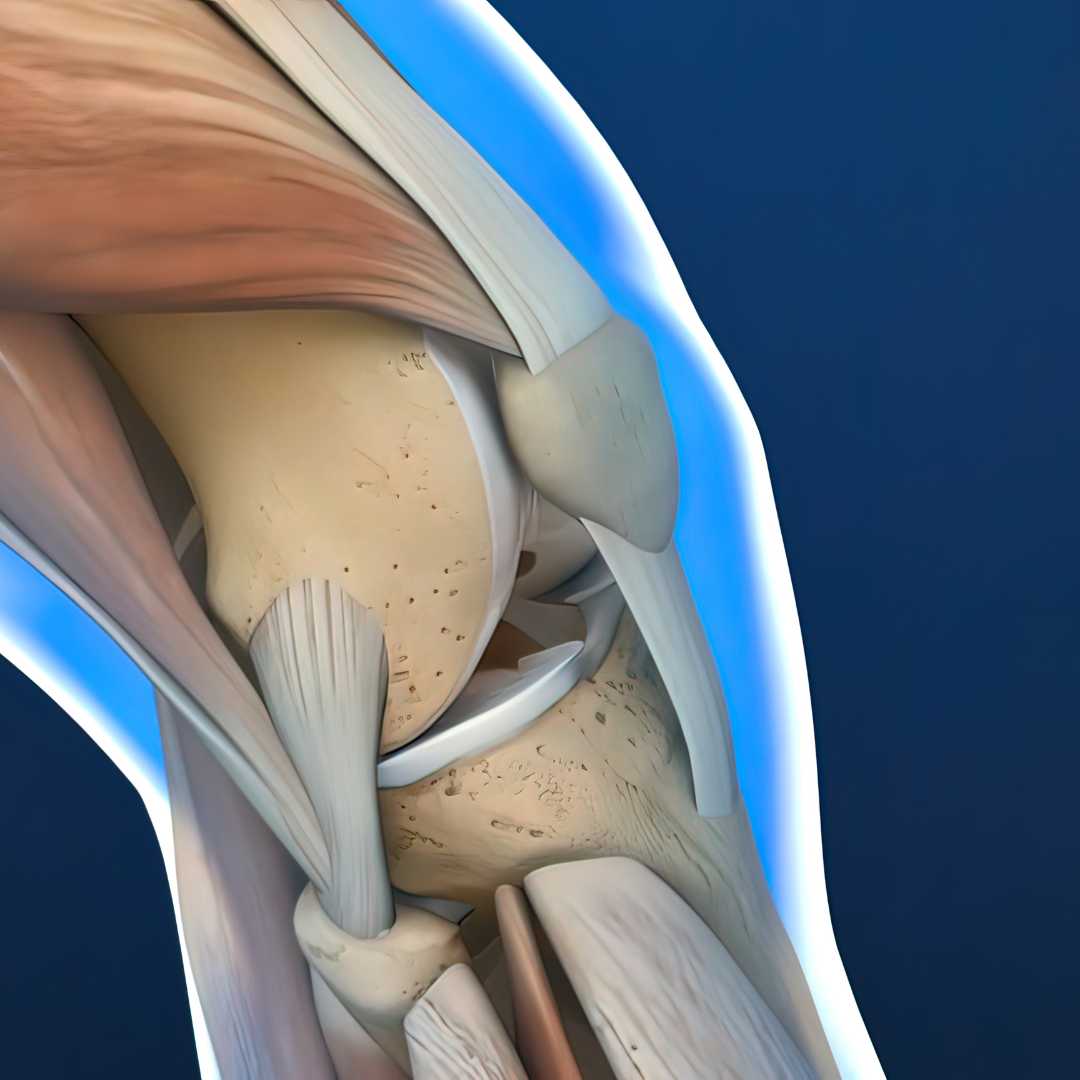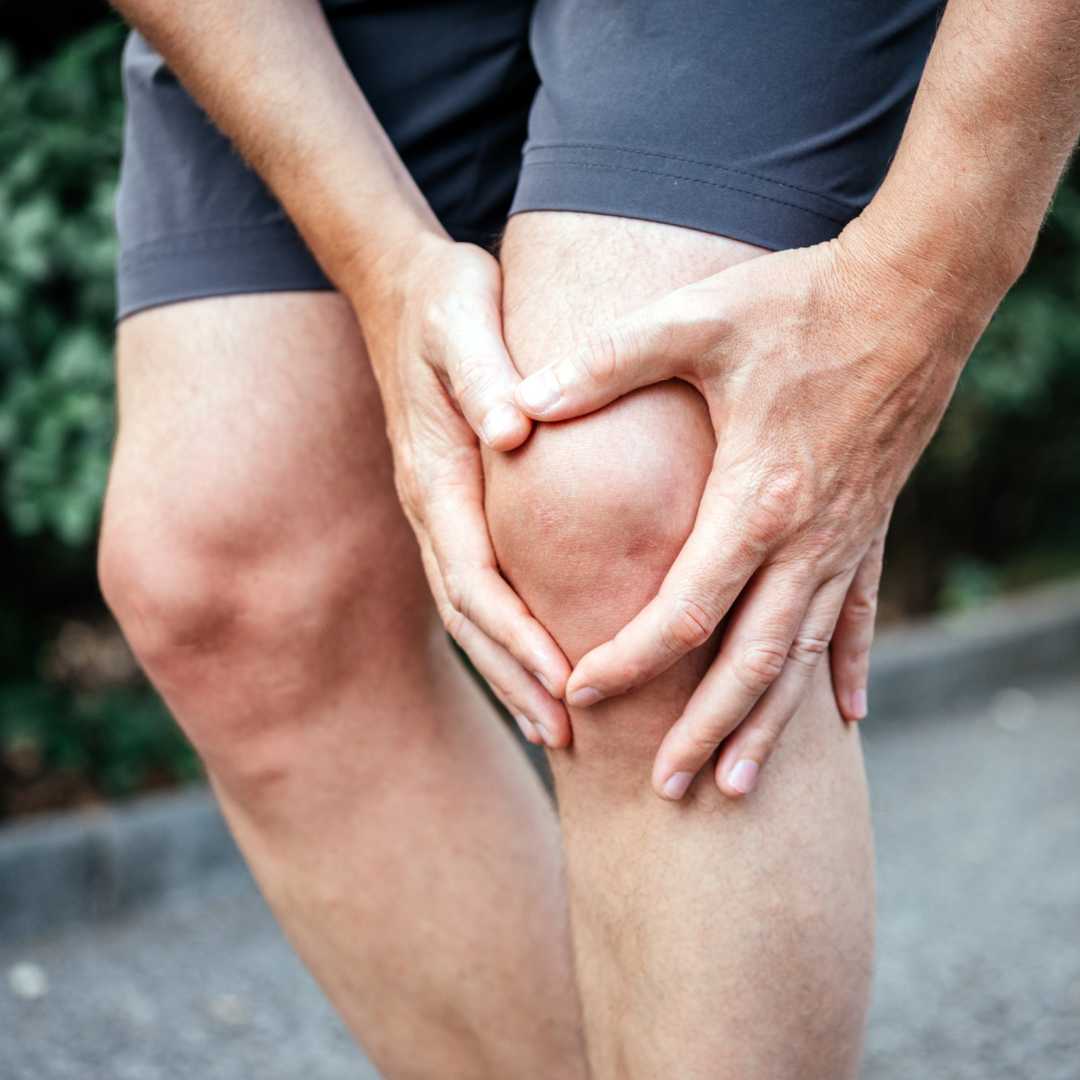What to Know Before Hip Replacement in Mexico

Struggling with hip pain and limited mobility? Hip replacement surgery in Mexico offers significant cost savings, but it’s natural to have questions about safety and quality. This guide covers what to expect from consultation to recovery so you can make a well-informed decision with confidence.
What is the average cost of hip replacement surgery in Mexico?
Many patients from the US and Canada choose hip replacement surgery in Mexico for its lower cost, but lower price doesn’t mean lower quality. Savings come from lower labor costs, reduced hospital expenses, and a competitive healthcare market. Some medical tourism packages even include surgery, surgeon fees, hospital stay, pre-op tests, and accommodation.
Always get a detailed quote and ask what’s included. Check for any extra costs and the type of implant used, as it affects the price. While cost savings are appealing, prioritize quality of care and the reputation of the surgeon and facility to ensure a safe and successful outcome.
Is it safe to get a hip replacement in Mexico?
Safety is a top concern when considering medical treatment abroad. To ensure a safe and successful hip replacement in Mexico:
-
Choose hospitals with international accreditation, like Joint Commission International (JCI), to ensure high standards of care.
-
Check the credentials and experience of your surgeon. Many top surgeons are trained in the US or Europe and belong to international orthopedic associations.
-
Read patient reviews and testimonials for real experiences.
-
Work with a reputable medical tourism facilitator to connect with accredited hospitals and vetted surgeons.
-
Request virtual consultations with surgeons to discuss your case and address safety concerns.
How do I choose the best hospital and surgeon in Mexico?
Selecting the right medical team is the most critical step in your medical tourism journey. Here's a checklist to guide you:
- Hospital Accreditation: Prioritize hospitals with international accreditations like JCI. This demonstrates a commitment to global healthcare standards.
- Surgeon's Credentials: Verify the surgeon's qualifications, including their education, training, board certifications, and years of experience performing hip replacement surgeries.
- Patient Testimonials: Look for reviews and testimonials from previous international patients. These can offer a realistic perspective on the quality of care and the patient experience.
- Communication: Ensure the hospital has English-speaking staff or provides interpreters to facilitate clear communication throughout your medical journey.
- Technology and Facilities: Inquire about the technology and equipment used at the hospital. Modern facilities often correlate with better outcomes.
A reputable medical tourism agency can be an invaluable resource in this process, as they often have a network of pre-screened hospitals and surgeons. They can provide you with detailed information to help you make an informed decision.
What types of hip implants are used in Mexico?
The quality and type of hip implant are vital for long-term success:
-
Reputable Mexican hospitals use durable implants made from metal, ceramic, or polyethylene.
-
Surgeons will recommend the best implant based on your age, activity level, and health.
-
Ask for the specific brand and model to research before your surgery.
-
Lower costs in Mexico do not mean lower-quality implants. Many hospitals use the same advanced technology and prosthetics as US facilities. Savings come from other factors, not the implant quality.
What is the recovery process like after a hip replacement in Mexico?
Recovery starts immediately after hip replacement surgery. Physical therapy usually begins within a day or two to improve motion and strength. Before discharge, the medical team ensures you can walk with a walker or crutches and perform basic daily activities safely.
Many medical tourism packages include a stay at a hotel or recovery center for follow-ups and continued therapy. Once home, it’s important to continue your prescribed physical therapy. Full recovery can take several months to a year.
Will there be a language barrier with the medical staff?
Clear communication is key for a positive experience. Look for hospitals in Mexico that support international patients. Top facilities often have English-speaking surgeons and bilingual patient coordinators to help with appointments and questions.
To be on the safe side, you can prepare a list of important questions and medical terms in both English and Spanish. However, in most major medical tourism destinations in Mexico, you'll find that the staff is well-equipped to communicate with you in English, making your experience smooth and stress-free.
How should I prepare for my trip to Mexico for surgery?
Proper preparation is key to a successful medical trip. Here are some essential steps to take:
- Medical Documentation: Gather all your relevant medical records, including X-rays, MRIs, and a list of your current medications.
- Consultation: Have a thorough virtual consultation with your surgeon in Mexico to discuss the procedure, risks, and expected outcomes.
- Travel Arrangements: Book your flights and accommodations well in advance. Consider arriving a few days before your surgery to acclimate.
- Financial Planning: Understand the total cost of your medical package and have a plan for payment. Inquire about accepted payment methods.
- Post-operative Care: Arrange for a travel companion to assist you during your recovery in Mexico and for help at home after your return.
Working with a medical tourism facilitator can simplify this process, as they can assist with travel logistics, appointment scheduling, and other arrangements.
What are the pros and cons of getting a hip replacement in Mexico?
Weighing the advantages and disadvantages is a crucial part of the decision-making process. Here's a breakdown to help you:
Pros:
- Cost Savings: The most significant advantage is the potential to save thousands of dollars on your hip replacement surgery.
- High-Quality Care: Many Mexican hospitals offer excellent medical care with experienced surgeons and modern facilities.
- Shorter Wait Times: You can often schedule your surgery much sooner in Mexico compared to the long wait times in some other countries.
- Medical Tourism Experience: The opportunity to recover in a pleasant, vacation-like environment can be a bonus for some patients.
Cons:
- Travel: Traveling after surgery can be uncomfortable and carries a small risk of complications like blood clots.
- Follow-up Care: You'll need to coordinate your follow-up care with a local doctor upon your return home.
- Insurance Coverage: Your domestic health insurance may not cover treatment abroad, so this is often an out-of-pocket expense.
- Research is Crucial: The onus is on you to thoroughly vet hospitals and surgeons to ensure you receive safe and effective care.
How do I manage follow-up care after returning home?
A smooth transition to local follow-up care is vital. Before traveling to Mexico, inform your primary care physician or local orthopedic specialist. Your Mexican surgeon will provide a detailed medical report and post-op instructions to share with your doctor at home.
Your follow-up care will likely include:
- Wound Care: This may involve suture or staple removal.
- Physical Therapy: Continuing with a structured physical therapy program is crucial for regaining strength and mobility.
- Follow-up Appointments: You'll need periodic check-ups with your local doctor to monitor your progress and address any concerns.
Maintaining open communication between your surgeon in Mexico and your local healthcare provider can help ensure a smooth and successful recovery.
What are the alternatives to hip replacement surgery available in Mexico?
While total hip replacement is a common and highly successful procedure, it's not the only option for treating severe hip pain. Depending on your individual circumstances, you may be a candidate for other treatments. Here are a few alternatives that may be available in Mexico:
- Hip Resurfacing: This procedure involves removing less bone than a total hip replacement and is often considered for younger, more active patients.
- Partial Hip Replacement: In this surgery, only the ball of the hip joint is replaced, while the socket is left intact. It's typically performed for certain types of hip fractures.
- Minimally Invasive Hip Replacement: This technique uses smaller incisions and may result in a quicker recovery with less pain.
It's important to have a detailed discussion with your orthopedic surgeon to determine the most appropriate treatment for your specific condition. They will evaluate your X-rays, age, activity level, and overall health to recommend the best course of action.
What questions should I ask my surgeon in Mexico before the surgery?
Being an informed patient is crucial for a successful surgical outcome. Prepare a list of questions to ask your surgeon during your consultation. Here are some important ones to include:
- How many hip replacement surgeries have you performed?
- What are your success and complication rates?
- What type of hip implant do you recommend for me, and what are its pros and cons?
- Will you be using a minimally invasive technique?
- What can I expect in terms of pain management after the surgery?
- What is the anticipated recovery timeline, and what activities will I be able to resume?
- What are the potential risks and complications associated with this surgery?
- Who will be my main point of contact at the hospital if I have questions or concerns?
A good surgeon will welcome your questions and provide clear, comprehensive answers to help you feel comfortable and confident about your decision.
What is the typical length of stay in Mexico for a hip replacement?
Length of stay depends on your recovery and your surgeon’s advice. It’s smart to plan a slightly longer stay than the minimum in case of delays. Extra time allows for initial healing, physical therapy, and follow-up visits before traveling home.
Many medical tourism packages include accommodation for this period. Confirm the details with your provider, as a comfortable and convenient recovery stay can greatly improve your overall experience.
Are there any hidden costs I should be aware of?
To avoid any financial surprises, it's essential to have a clear understanding of what your quoted price includes. Ask for a written agreement that outlines all the services covered in your package. Some potential costs that may not be included are:
- Prescription Medications: Medications you need to take after you are discharged from the hospital.
- Mobility Aids: The cost of crutches or a walker, if not included.
- Additional Physical Therapy: The cost of extra physical therapy sessions beyond what is included in your package.
- Complications: The costs associated with treating any unexpected complications.
A reputable medical provider will be transparent about their pricing and will be happy to answer all your financial questions. Having a clear financial understanding from the outset will allow you to focus on your recovery without any added stress.
Can I travel alone for a hip replacement in Mexico?
Having a friend or family member with you can be very helpful during your medical journey:
-
Assist with mobility and daily tasks after surgery
-
Run errands and handle logistics
-
Provide emotional support
If traveling alone:
-
Many hospitals and medical facilitators offer support for solo travelers
-
Arrange help with meals and transportation to follow-ups
-
Keep a reliable way to communicate with your medical team and family back home
What should I pack for my trip?
Packing thoughtfully can make your recovery more comfortable. Here are some essentials to include:
- Comfortable Clothing: Loose-fitting pants, shorts, and shirts will be easier to put on and take off after your surgery.
- Slip-on Shoes: Avoid shoes that require you to bend over to tie them.
- Medical Documents: Bring copies of your passport, medical records, and contact information for your surgeon and hospital.
- Medications: Pack a sufficient supply of any prescription medications you take regularly, in their original containers.
- Personal Toiletries: While the hospital will provide basics, you may prefer to have your own personal care items.
Ready to take the next step towards a pain-free life? Explore your options for high-quality, affordable hip replacement surgery in Mexico with PlacidWay. We are here to guide you through every step of your medical journey, connecting you with trusted hospitals and experienced surgeons. Contact us today for a free consultation and let us help you regain your mobility and improve your quality of life.


.png)



.png)

.png)

.png)






Share this listing